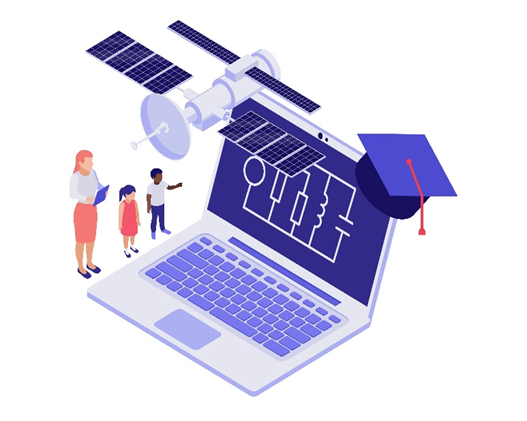Gamification in education has been gaining popularity in recent years, as more and more educators and institutions recognize its potential to enhance the learning experience. Gamification refers to using game-like elements and mechanics in non-game contexts, such as education, to increase engagement and motivation.
Here are five benefits of gamification in education:
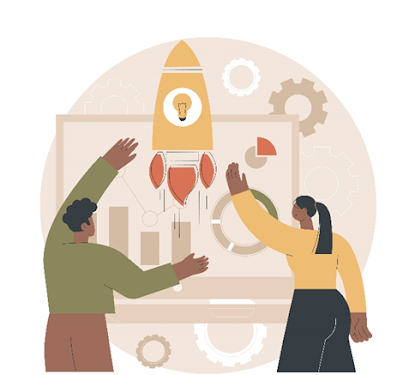
Increased engagement and motivation: Gamification can make learning more enjoyable and entertaining, leading to higher student engagement and motivation. By incorporating elements of play into the learning process, students are more likely to stay focused and invested in what they are learning. Gamification can also help students to develop a growth mindset, as they are challenged to progress and improve their skills.
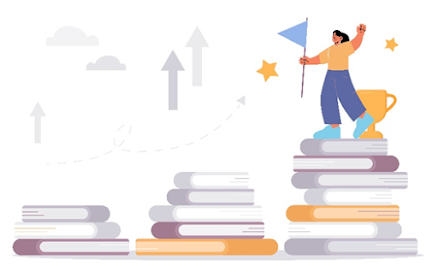
Improved learning outcomes: Gamification in education can lead to deeper learning and better retention of information. By creating a competitive environment where students are challenged to progress and improve their skills, they are more likely to focus on the learning objectives and retain what they have learned. Gamification can also help students to develop problem-solving and critical thinking skills, as they are often required to solve challenges and make decisions in educational games.
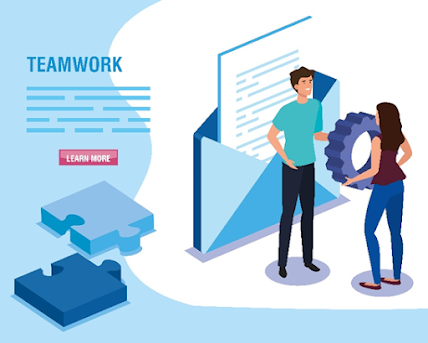
Enhanced collaboration and teamwork: Many educational games are designed to encourage collaboration and teamwork. This can help students to develop important social skills and work together towards a common goal. Collaborative learning can also help students to understand different perspectives and develop empathy and respect for others.
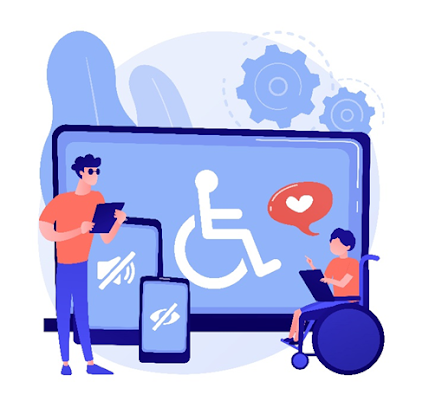
Accessibility: Gamification can make education more accessible, particularly for students with different learning styles or disabilities. Games and simulations can provide an alternative way for students to learn and can be adjusted to meet individual needs and abilities. For example, educational games can be designed to accommodate students with visual or hearing impairments or to provide different difficulty levels for students with varying abilities.
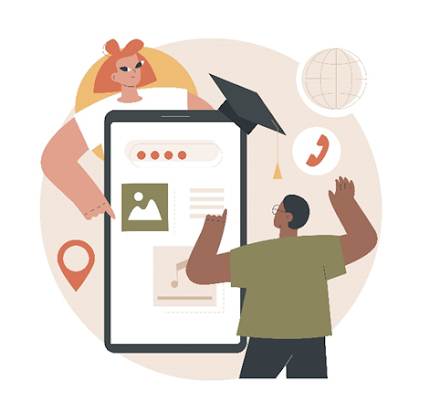
Relevance and practical application: Gamification can make education more relevant and valuable, by linking learning objectives to real-life scenarios and challenges. For example, educational games can be designed to simulate real-world situations and challenges, such as managing a business or solving a complex mathematical problem. This can help students to understand the practical applications of what they are learning and see the relevance of their education in the real world.
In conclusion, gamification in education has the potential to bring numerous benefits. By making learning more engaging, accessible, and relevant, gamification can help students to achieve better outcomes and become more confident, creative, and independent learners. Educators and institutions are encouraged to explore the use of gamification in their teaching and learning programs to enhance students’ learning experiences.
Writer – Shama Saifee
Senior Unity Developer

